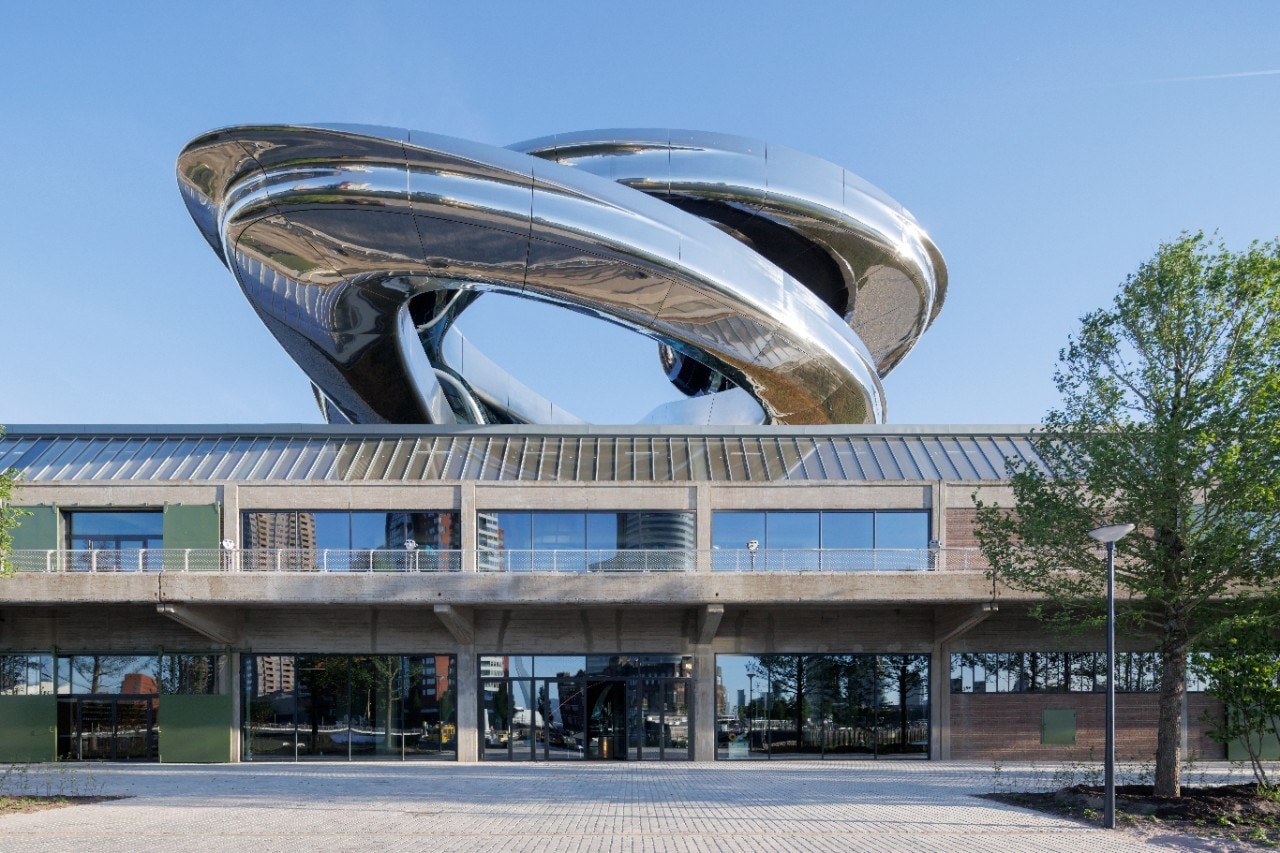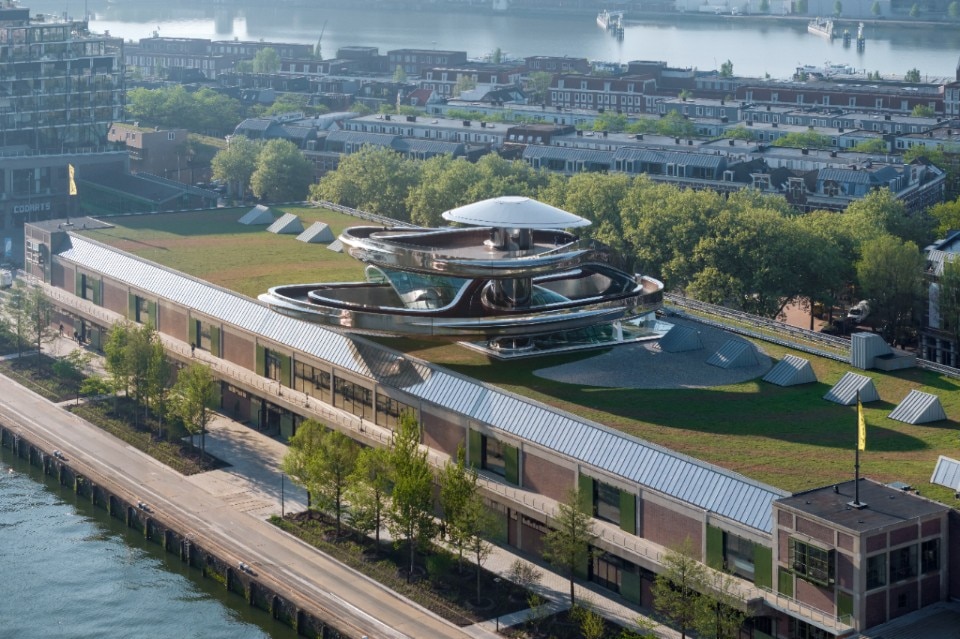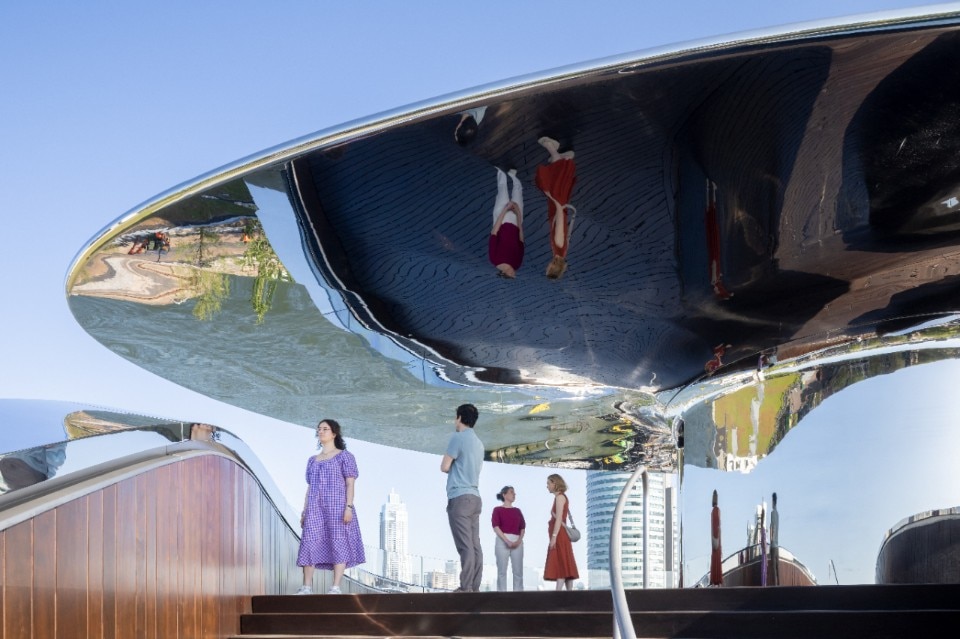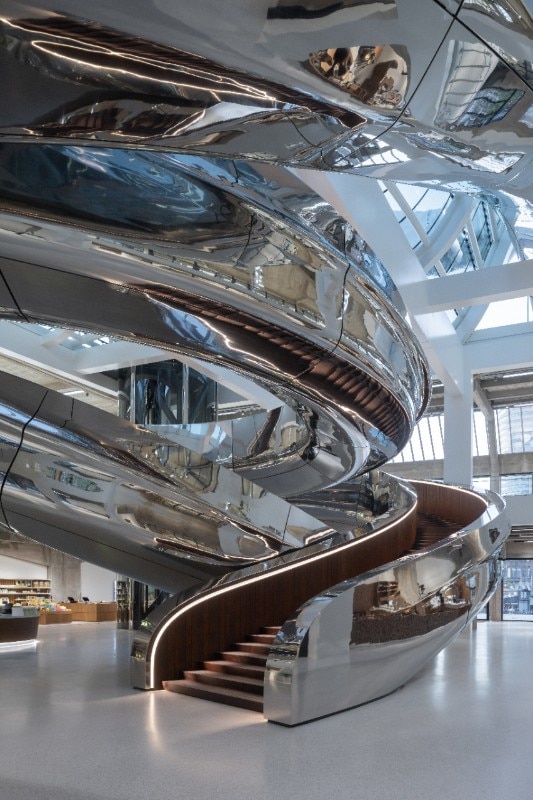In Rotterdam, whose multi-ethnic soul has always been linked to its industrial port (the largest in Europe), movement is a constitutive condition of the local DNA. Not only because the city, razed to the ground in a blitz of a few minutes during the Second World War, has never ceased to renew itself since the time of reconstruction, becoming an urban kaleidoscope in constant and dramatic transformation, but also because it is here that for more than two centuries the storylines of lives in transition between the Old and New Worlds, between commercial dynamics and hopes for a better future, have been woven together.
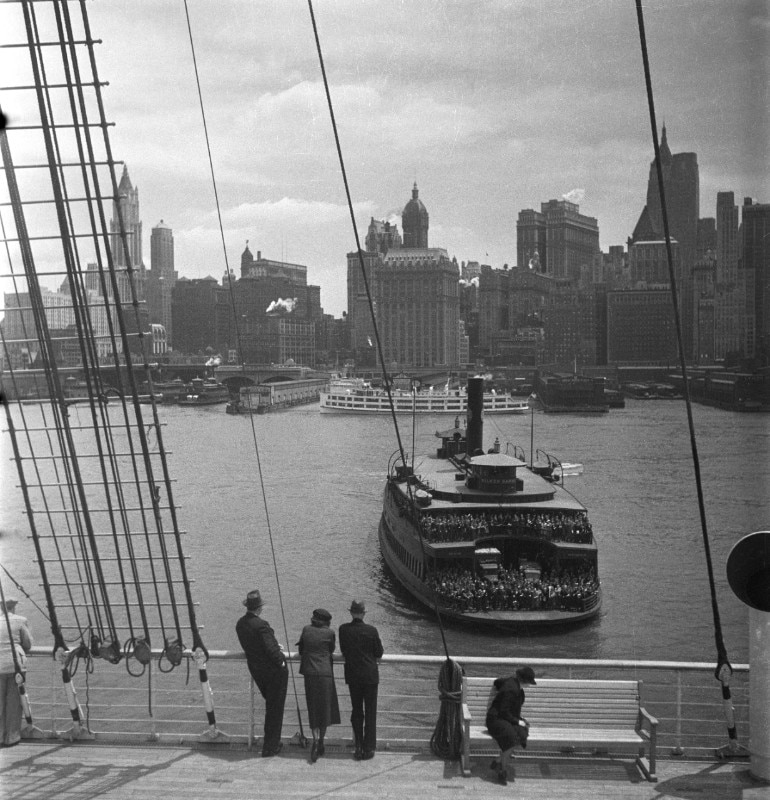
It is no coincidence that precisely in Katendrecht, the port district from which Holland America Line cargo and passenger ships set sail and which over time has become a reference point for many migrant communities, the city celebrates its character of an “existential” crossroads (as well as a material and mercantile one) through a museum investigating migration as a universal human experience. As his first cultural work in Europe, the museum has been signed by Chinese architect Ma Yansong, founder of the MAD Architects which, for more than twenty years, has been conceiving a futuristic architecture deeply rooted in tradition, technologically daring but with a poetic mood, constantly searching for a (re)balance in the relationship between man and landscape: an architecture that, breaking free from the intellectual rigorism (considered oppressive) of the Modern Movement, seeks an emotional, almost spiritual approach to the built space.
The Fenix museum acts as a documentary medium on migration but also as an invitation to a reflection on a global scale on its reasons and future evolutionary processes.
The museum, open on 16 May, overlooks Wilhelmina Pier, where the towers of Siza, Oma and Mecanoo (among others) stand. The complex occupies the spaces of the old San Francisco warehouse built in the 1920s by Corneliis Nicolaas van Goor, first partially destroyed by wartime bombing and then by fire and "risen from the ashes" (like a phoenix) in the 1950s in the form of two separate buildings, Fenix I and Fenix II. The latter has been the subject, since 2018, of a renovation project led by MAD Architects (with Bureau Polderman consulting for the restoration) that has brought back the valuable typological features of the original building after half a century of superfetations and tampering, and reconfigured it to accommodate the cultural, social and exhibition spaces of the new museum.
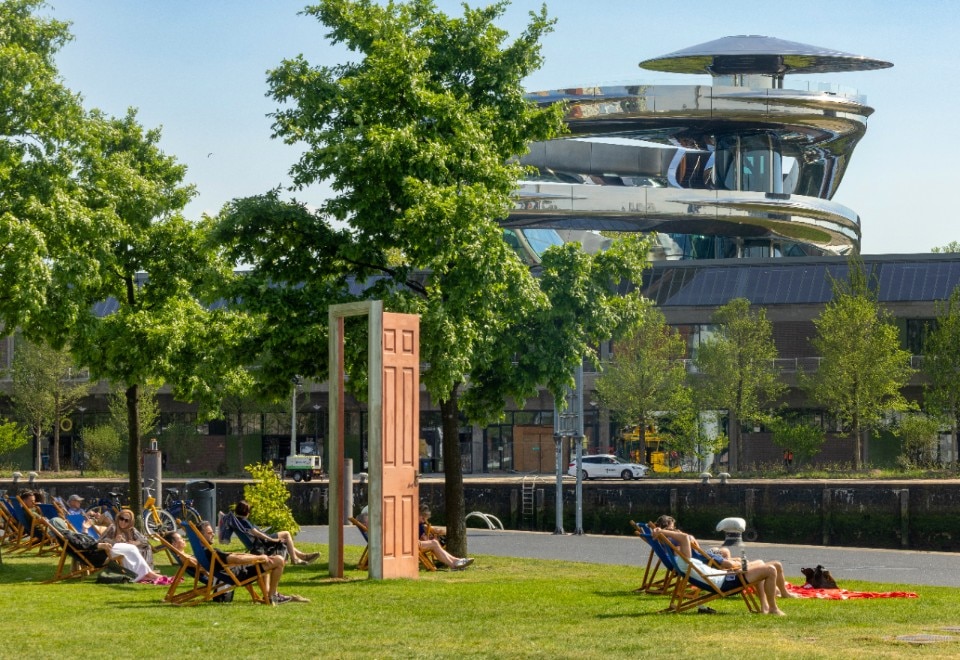
The complex covers an area of 16,000 square metres on two floors. On the ground floor, there is the atrium with shop, cafeteria and restaurant, spaces for temporary exhibitions and Plein, a flexible area open to the city for events and programmes focusing on multicultural dialogue, social interaction and integration; on the first floor, the galleries for the permanent collection. In the lobby, a gigantic, winding 30-metre high double helicoidal staircase, entirely clad in reflective stainless steel panels and reminiscent of the tortuous flows of migrations, leads from the ground floor to the panoramic roof, standing out as a blatantly surreal gesture against the rigorous existing volume and sweeping over the enclosing space like a “Tornado” (this is the name of the work, precisely). At the top, the structure overhangs the building and ends its ascending path into a platform surmounted by a canopy, opening up to a spectacular view of the Nieuwe Maas river and the urban landscape.
Inside, fluid, interconnected spaces with a brutalist feel, visible in the rough wall cladding and exposed concrete structure, host three exhibitions: the cyclopean interactive installation “The Suitcase Labyrinth”, a (vaguely disturbing) labyrinth of stacked suitcases donated from all over the world and returned to the port of departure as tiny pieces of individual memories composing a collective history; the photographic exhibition “The Family of Migrants”, tellings the story (painful but sometimes also salvific) of migration, from the beginning of the 20th century to today; the exhibition “All Directions”, which displays more than 150 works of art from all over the world making up the museum's permanent collection.
A work that acts as a documentary medium on migration but also as an invitation to a reflection on a global scale on its reasons and future evolutionary processes. As Ma Yansong explains to Domus, architecture has the task of bringing the focus back to man and his spiritual as well as material needs, recomposing the fragments of individual history into the mosaic of a global humanity sharing the same anxieties, goals and challenges. A process that starts from a personal awakening, gained through the emotional (rather than intellectual) experience of built space and free from the sensorial and cognitive numbness induced by an increasingly materialistic and technocratic society. Fenix is conceived in the same way: a work that, although deeply rooted in the Rotterdam harbour's peculiar identity, speaks to a global collectivity and becomes an instrument of awakening through an emotional “tornado” that leads to an empathetic understanding and elaboration of a condition of human fragility.
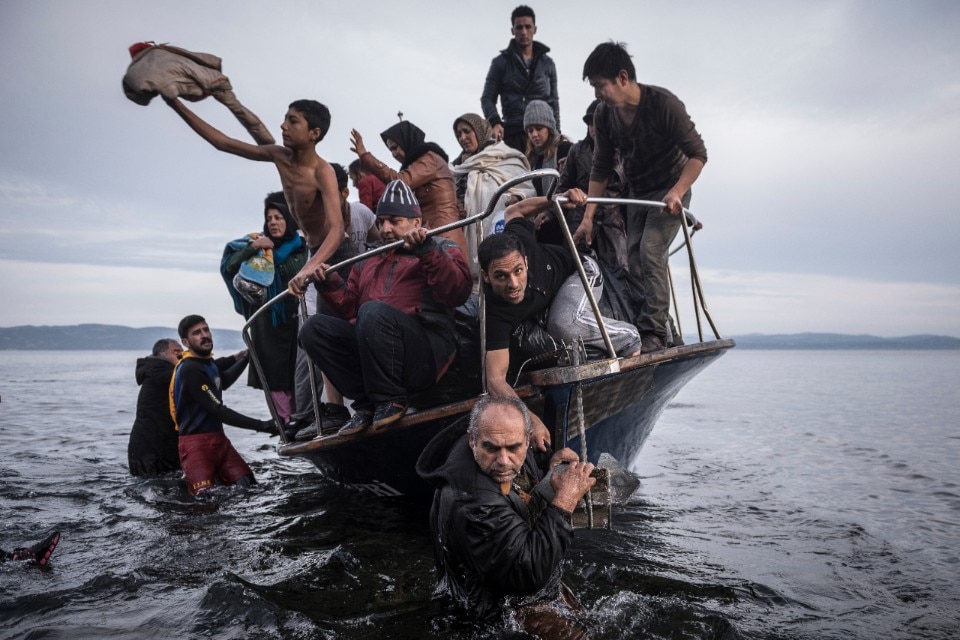
The opening of the museum takes place in conjunction with the exhibition “Ma Yansong: Architecture and Emotion” hosted from 17 May to 21 September 2025 at the Nieuwe Instituut in Rotterdam (an iconic place for contemporary cultural and artistic debate, with a focus on architecture, design and digital), which explores Ma Yansong's work and thought from the early 2000s in China to his most recent works around the world.


